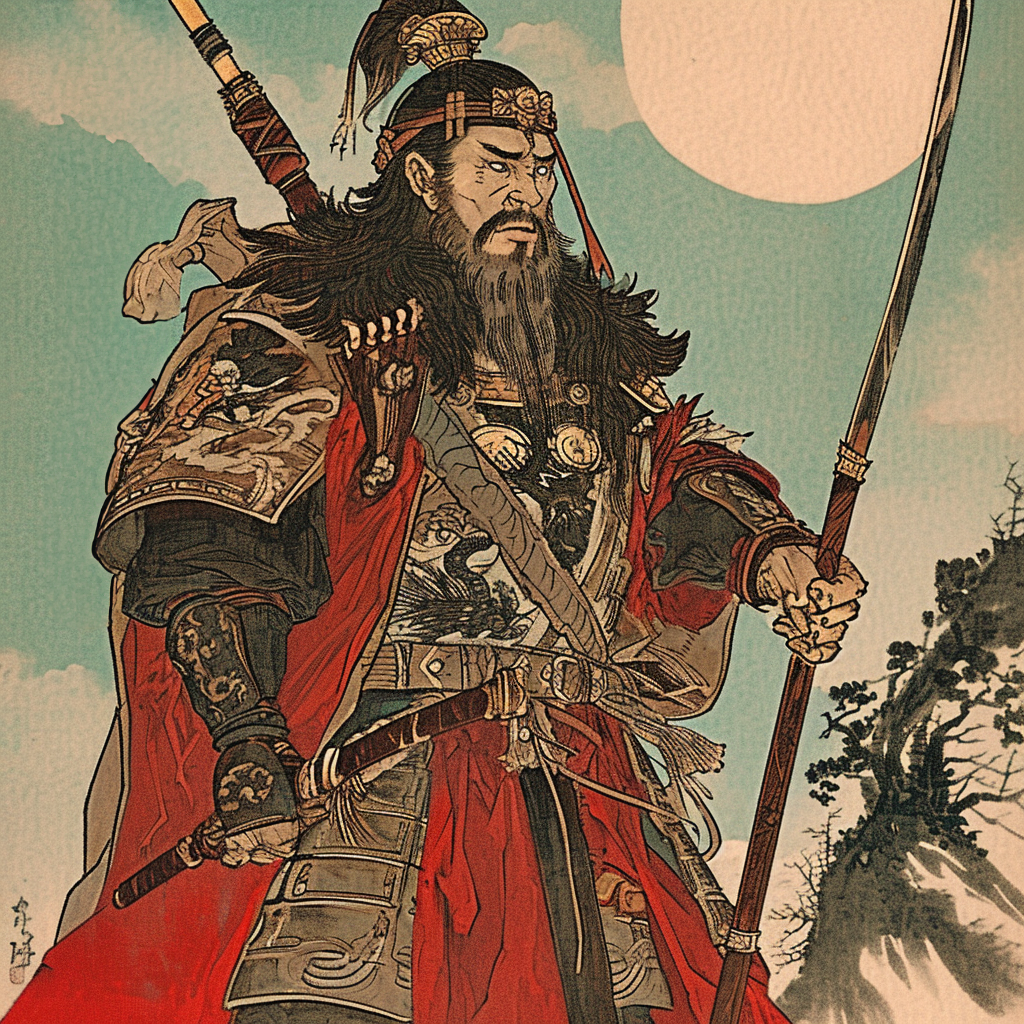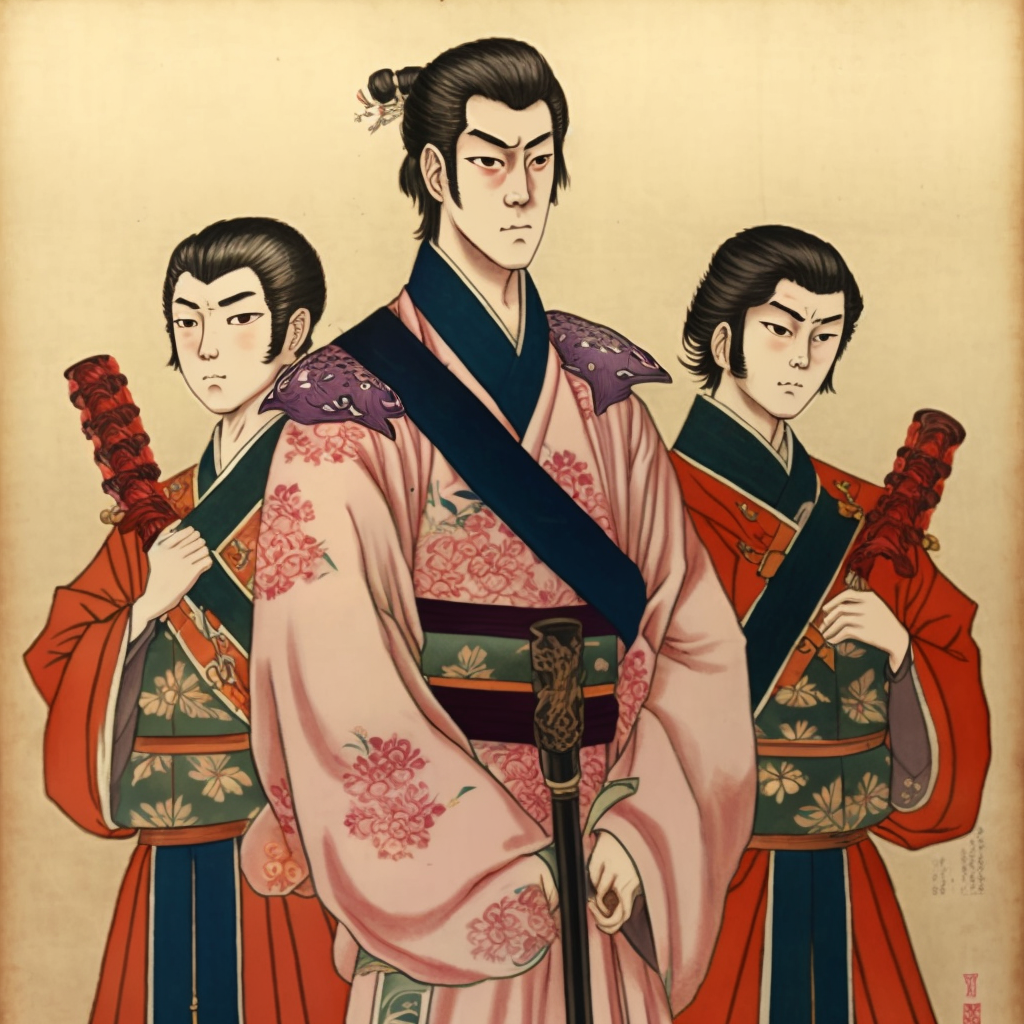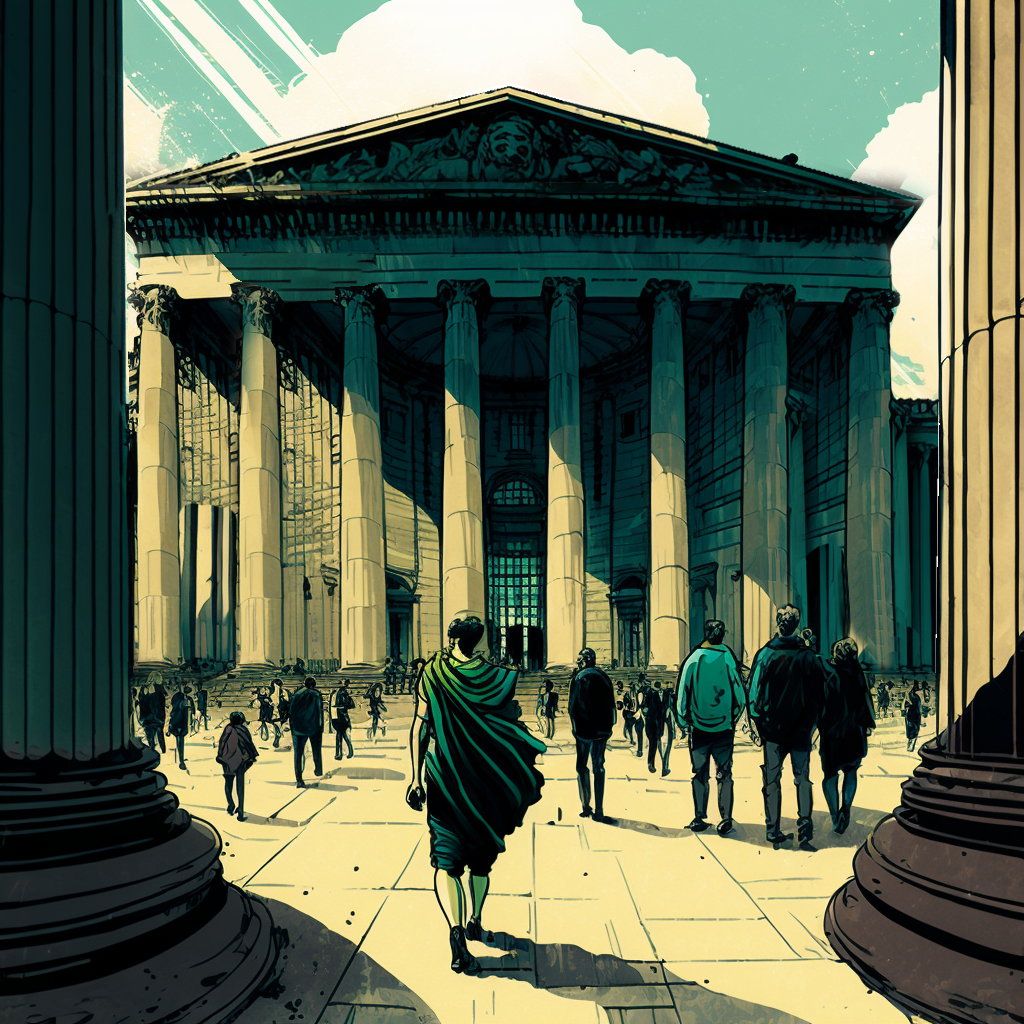Emperor Jimmu, also known as Kamu Yamato Iware Biko no Mikoto, is an iconic figure in Japanese history. He is considered the first emperor of Japan according to mythological tradition. His reign, believed to have begun in the 7th century BCE, marks the beginning of the Japanese imperial line. A lineage that claims to be the oldest continuous monarchy in the world.
The Mythical Origins of Emperor Jimmu:
The story of Emperor Jimmu comes mainly from the Kojiki (Chronicles of Ancient Facts) and the Nihon Shoki (Chronicles of Japan). These are two ancient texts which collect the founding myths of Japan. According to these accounts, Jimmu was born in 711 BCE. He is the son of the Sun goddess, Amaterasu, and Susanoo, the god of the sea and the storm. His name “Jimmu” means “he who embodies the gods”.
The Quest for the Promised Land:
According to legend, after the death of his divine parents, Jimmu decided to leave the Takachiho region, where he was born. And goes to find a land suitable for the founding of a new kingdom. Accompanied by his followers, he undertook an adventurous journey to eastern Japan. The journey is strewn with obstacles and challenges, but divine magic guides Jimmu.
The Japan Foundation:
After many trials, Emperor Jimmu managed to establish his authority over the Ise region. It is an area near the sacred site of Ise-jingu, dedicated to the goddess Amaterasu. It was there that he founded the first imperial capital, Kashihara. Thus, he became the ruler of unified Japan, thus inaugurating the Japanese imperial lineage.
Historical and Archaeological Debates on Emperor Jimmu
Although the story of Emperor Jimmu is deeply rooted in Japanese tradition, some modern historians have questioned the historical validity of his exploits due to the mythical nature of the accounts and the lack of tangible archaeological evidence.
Cultural Heritage:
Regardless of historical veracity, Emperor Jimmu remains a revered figure in Japan. And so, it is celebrated on National Foundation Day, every February 11. Additionally, shrines such as Ise-jingu Shrine continue to attract pilgrims and symbolize the spiritual importance of the founding emperor.
In conclusion, Emperor Jimmu remains a central figure in Japanese mythology and represents the spiritual connection between the imperial family and the deities. His legacy, although shrouded in mystery and historical debate, remains embedded in Japan’s cultural consciousness.



